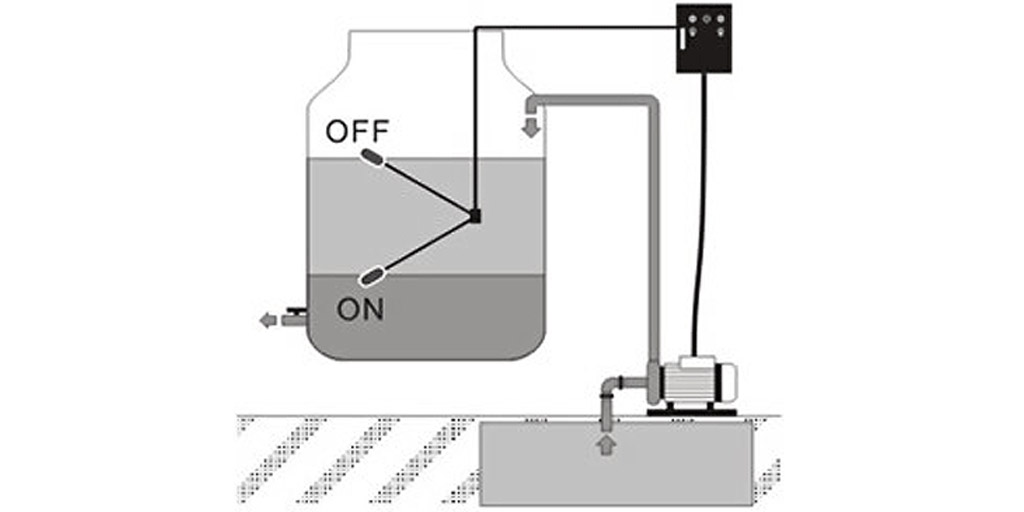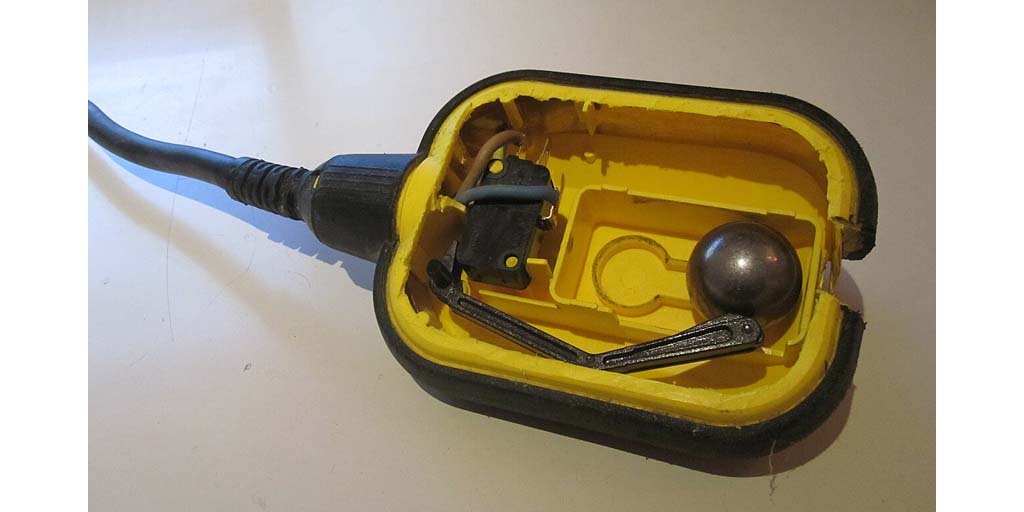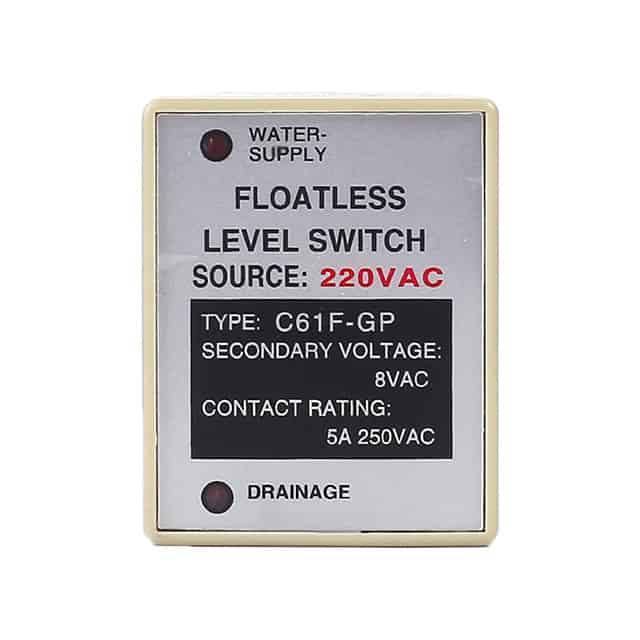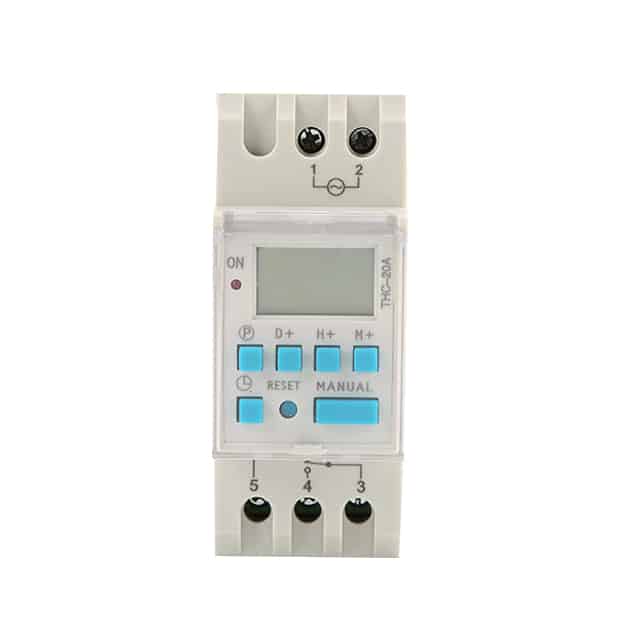Both water level relays and float switches can be used for water supply and drainage, but which one is better to use? The content below will provide you with complete knowledge about them, let’s take a deeper look.
Table of Contents
What is a water level relay?
A water level relay is an electronic product used to control the conductive liquid level, no matter if it is water or other liquids, such as beverages, wasted water etc.
What is a float switch?
A float switch is a mechanical and electronic liquid level switch that uses a movable ball to turn the output on or off. The fluid can be conductive or non-conductive.

Float switch applications
- Float switches for water tanks: By using a float switch, we can easily and automatically turn on or off a motor for a water tank when the water level is filled or empty.

Float switch for water supply

Float switch for water drainage
- Float switch for sump pump: Sewage pumps are often used to remove sewage from rivers or underground wells. It’s difficult to see the fluid level and know when to stop the pump. A float switch is a product that helps solve this problem: when the wastewater reaches a certain level, the float switch will shut down the pump to prevent burning out the sewage pump.

- Float switch for well pump or submersible pump: Just like the sump pump, we should use a float switch for the well pump to avoid short circuiting and burning out the well pump or submersible pump.
Differences between a water level relay and a float switch
- Structural difference: The water level relay is composed of many electronic components, which is more complex than the simple float switch, which is composed of a ball and a limit switch. Once the fluid level is low, the ball pushes the limit switch from open to closed, causing the motor to start working and filling the tank.

Picture sources from: https://en.wikipedia.org/wiki/Float_switch
- Difference in accuracy: The water level relay has a higher accuracy in detecting water level than the float switch. For example, the C61F-GP water level relay can detect low to medium and high liquid levels, while the float switch can only detect low and high liquid levels.
- Price difference: Generally, float switches are cheaper than water level relays because they have a simple structure, do not require a liquid level sensor, and have low production costs.
- Lifespan difference: The float switch lifespan is over 20 years, which is longer than the water level relay.
- Differences in usage environment: Float switches need to be installed in larger spaces to measure water levels, such as water tanks, wells, etc. The water level relay does not require a lot of space. If there is enough space to place the water level sensor, we can use it to control the water level.
- Differences in detecting liquids: The float switch is suitable for various liquids as long as it can rise or fall with the liquid level, while the water level relay can only be used for conductive liquids.
Which one should I use?
Both can be used for automatic liquid supply and drainage, and if you have a lower budget for liquid level control, a float switch is a good choice. But if you want to monitor the liquid level more accurately, a water level relay with a liquid level sensor is better.
Conclusion
Based on the above, I think you have fully understood what is a float switch, what is a water level relay, and the difference between these two water level control products. Lorentzzi can provide the best quality of both, contact us to get the latest quotation.





